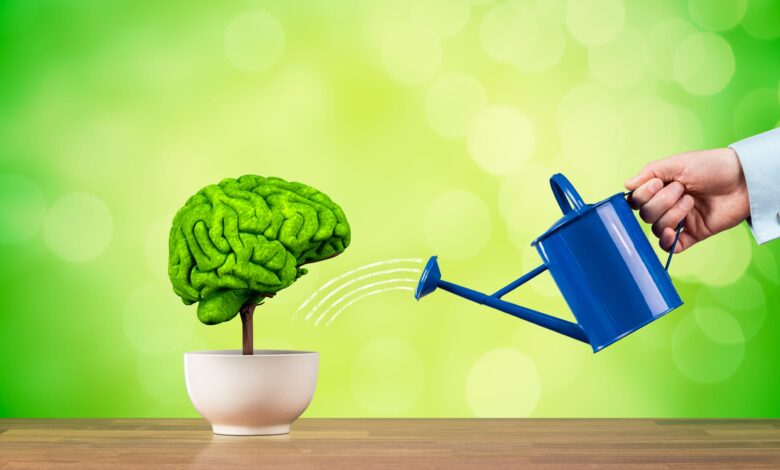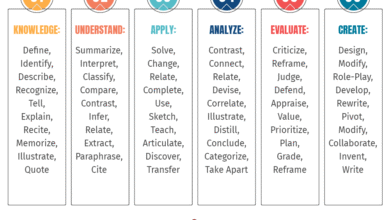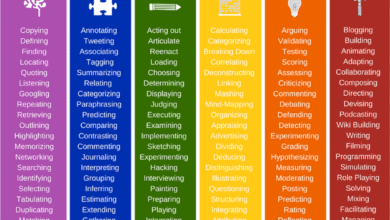10 Tips for Strengthening Memory

How do you help someone understand how best to learn?
Since publishing my research on memory, I get asked lots of questions from all parts of the world, especially on how learning happens and what recommendations I would offer to parents, students, and teachers.
Of course, we should always ask two key questions: 1) What are we learning? 2) What do we already know? Here are 10 universal recommendations that you can adapt for your context.
1: Effective Memory Retention Strategies
Understanding effective memory is a really useful thing to know. Understanding retention strategies is also crucial in today’s fast-paced, technological world.
We ALL suffer from endless notifications.
Our time and attention are increasingly rare, and we must learn how to understand, where, how and why our attention span is specific to its context. What this means is that we adapt our attention accordingly, depending on our environment and what we know about it. Drawing inspiration from my book, Guide to Memory, I’ve discovered the power of short, focused work. Three, key takeaways:
- Limit distractions: Pause every few minutes to stay fresh.
- Use practical exercises: Engage with material actively.
- Review regularly: Consistent revisits solidify memory.
These methods can significantly enhance your wisdom and efficiency.
2: The Wardrobe Metaphor for Memory
Imagine your memory as a wardrobe. To find that perfect piece of information, you need to regularly access and organise it. Just as a cluttered wardrobe makes it hard to find clothes, a poorly managed memory hampers retrieval. Tricia Taylor’s book, Connect The Dots, provides this excellent analogy. Consider:
- Regularly “reorganising” your knowledge.
- Breaking information into manageable chunks.
- Using metaphors to simplify complex concepts. Using emotions with familiar spaces works best! For example, describe to me all the objects in your bedroom.
Effective memory management is essential for professional growth. How do you keep your mental “wardrobe” organised?
3: Understanding Short-Term vs Long-Term Memory
Have you ever wondered why you can remember some things instantly while others take time? It all boils down to how our brain processes and retrieves information. Three insights:
- Short-term memory involves immediate conscious attention.
- Long-term memory stores vast amounts of information over time.
- Frequent retrieval strengthens long-term memory retention.
How do you ensure information sticks long-term? Revisiting anything in small doses is really good for memory strength!
4: The Importance of Spacing and Interleaving in Learning
Research shows that spacing (gaps in study) and interleaving (mixing topics) are very powerful tools for improving memory retention. These two techniques can transform your learning or teaching. Key Points:
- Spacing: Spread out study sessions over time. Learn more.
- Interleaving: Mix different topics to strengthen learning connections. Learn more.
These methods help improve knowledge retention and application. It works when applied to teaching, revising, or in general day-to-day scenarios.
5: Leveraging Implicit Memory in Professional Development
Implicit memory involves learning skills and tasks unconsciously. It’s the reason you can tie your shoes, breath or get to work on time without thinking about it. Key Insights:
- Implicit (subconscious) memory doesn’t require conscious effort.
- It plays a crucial role in developing procedural (taking action) knowledge.
- Regular practice can enhance these skills further.
Understanding implicit memory can help streamline your tasks and improve efficiency.
6: The Role of Emotions in Learning
Emotions significantly influence our learning and memory retention. Emotional memories often last longer and are more easily recalled. However, sometimes emotions get in the way. For example, if I were to ask you a question by surprise (that you know the answer to) publicly in front of friends, even though you know the answer, because I present this question to you by surprise and in a specific environment, I am heightening your emotions or anxiety. The result? I hinder your ability to retrieve. Considerations to make:
- Emotional intelligence helps manage stress and enhances learning.
- Positive emotional experiences improve memory retention.
- Teachers can leverage emotions to connect personal experiences with curriculum content.
Incorporating emotional awareness into learning strategies can lead to better outcomes.
7: The Myth of the Right and Left Brain
The idea that the right and left sides of the brain are responsible for different functions is largely dispelled. Modern cognitive science shows a more integrated approach. Remember:
- The brain functions as a cohesive unit.
- Avoid oversimplified metaphors that can mislead others, and you!
- Foster a deeper understanding of cognitive processes – personally, it’s a game changer.
If you learn a beginner’s view of brain functionality, this will influence how you perceive teaching and learning …
8: The Power of Retrieval Practice
Hermann Ebbinghaus’ research on the forgetting curve underscores the importance of retrieval practice in learning. Insights:
- Regular retrieval strengthens memory retention.
- Avoid cramming; instead, distribute learning over time.
- Practical applications and quizzes help consolidate knowledge.
Incorporate retrieval practice (think, quick quizzes) into your routines for better retention and application.
9: Cognitive Load and Learning Efficiency
Managing cognitive load is essential for effective learning. Overloading the brain can hinder information processing. It is an important piece of research that people interested in learning should understand. Your best strategies:
- Simplify complex information.
- Break tasks into smaller, manageable parts.
- Use visual aids and metaphors to enhance understanding.
Efficient cognitive load management leads to better learning outcomes. Think twice about how you communicate information to others …
10: Practical Applications of Memory in the Classroom
Applying memory science in education can revolutionise teaching practices and student outcomes. Three tested approaches:
- Use space practice and interleaving to design curriculum.
- Regularly assess and adjust teaching methods based on student progress.
- Connect personal experiences to academic content for better retention.
Some teachers who read all of the above will know most of this information. How they bring this to life in the classroom is another challenge. For parents, much of this might be new information, but I hope it helps any parents searching for ideas about how best to support their child throughout school …
Read more in my book, Guide To Memory.



